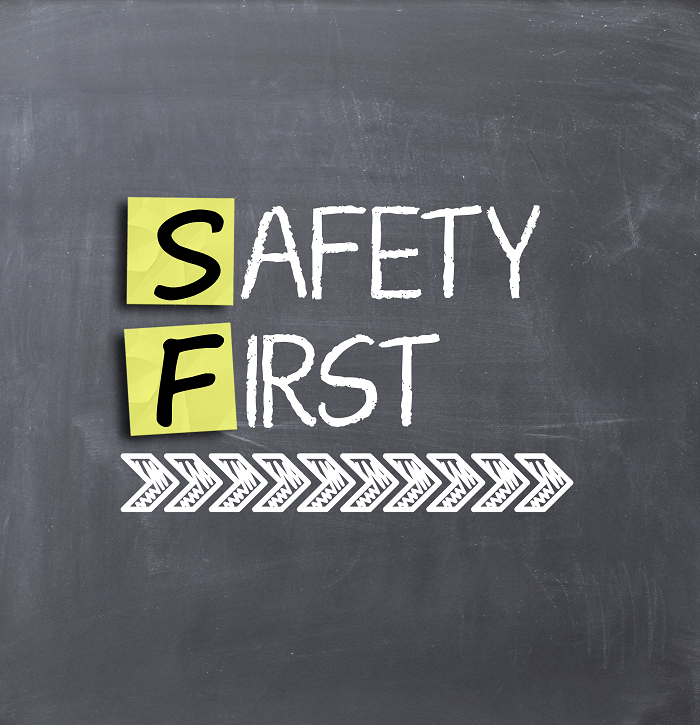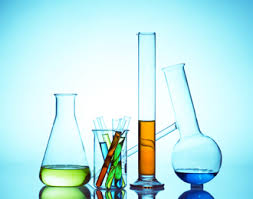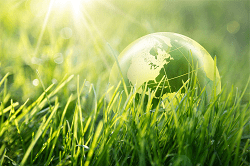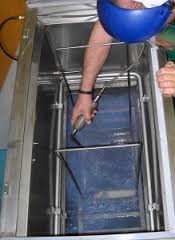Trichloroethylene (TCE) was widely used in industrial degreasing since the 1920s. However, its inclusion on the EPA’s list of hazardous air pollutants (HAPs) led to a sharp decline in its use. Many companies turned to n-propyl bromide (NPB) as an alternative, but NPB...








